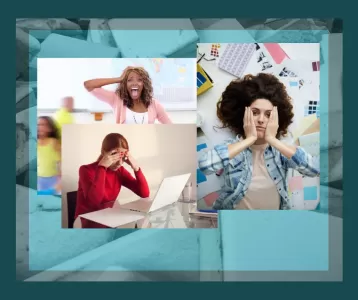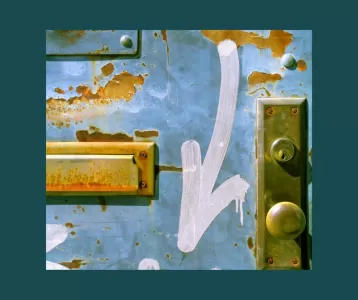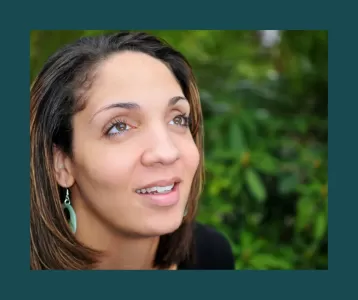Make Decisions that lead to Sustained Happiness?
Now that I found it, how can I best describe it and help others find and connect to theirs?
An inner compass is a “tool” found within us which is connected to a reservoir of knowledge or truth specifically tuned to who we are. Having access to this tool, knowing how to use it, and trusting it for our most-important decisions set us up to inhabit lives we love.
Sustained Happiness is different than having fun. Sustained Happiness includes feelings of joy and ease as well as effort and struggle. The definition I have adopted is from psychologist Martin Seligman: Sustained Happiness is achieved by doing something that gives us pleasure, requires us to work at it, and has purpose. The combination of these three elements will vary with time and circumstance.
For example, if I had paid attention to the three elements, I would have noticed when the purpose of saving money for my child’s education was no longer necessary and I could have avoided turning a prior rewarding career into what became a life-sucking experience.
Two steps to living a life you love
The formula for Sustained Happiness does not give insight into how to make the best decisions. Academically, we learn how to build cost-benefit tables and list pros vs cons as tools for making informed decisions. These are necessary and quite useful. However, they can overlook a significant component. The analyses can be grounded in picking the best option based upon a criterium created by society, a manager, or our parents. It can lack perspectives that are important to us individually. So, one step we should include is to ensure we ask ourselves what is important to us intrinsically separate from the “should” that society or others suggest is most important.
The second step is to look to your body, your experience. In the simplest form, it’s to notice if a choice feels like a burden. Everything in the cost-benefit analysis plus what we tell ourselves is important to us, points to the right choice. Except, sometimes it ends up feeling like a fifty-pound weight is put on our shoulders. Shouldn’t the conclusion of the analysis leave us feeling joyful and unburdened?
Use this experience to ask more questions of why the decision feels heavy. What can be changed to have it feel better?
If you pay attention to how you are responding to the choice your analysis says is the right choice, you can make an even better choice, or at least avoid making the “right” decision for the wrong reason. Pay attention to your body and experiences – feelings, an intuition, and thoughts. Using them along with sound and thoughtful analysis improves the possibility of selecting the choice that you will enjoy most and lead you closer to the life you love.
Coaching at its purest form supports people in accessing and using this part of ourselves. We all deserve a life with Sustained Happiness. Life Reset, and How Can I Trust My Intuition When I Can’t Find It? are two free workshops you can use to learn how your inner compass can set you on the path to a life you love. Check them out today!









